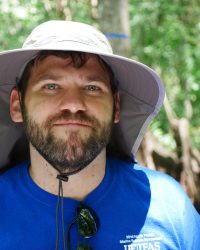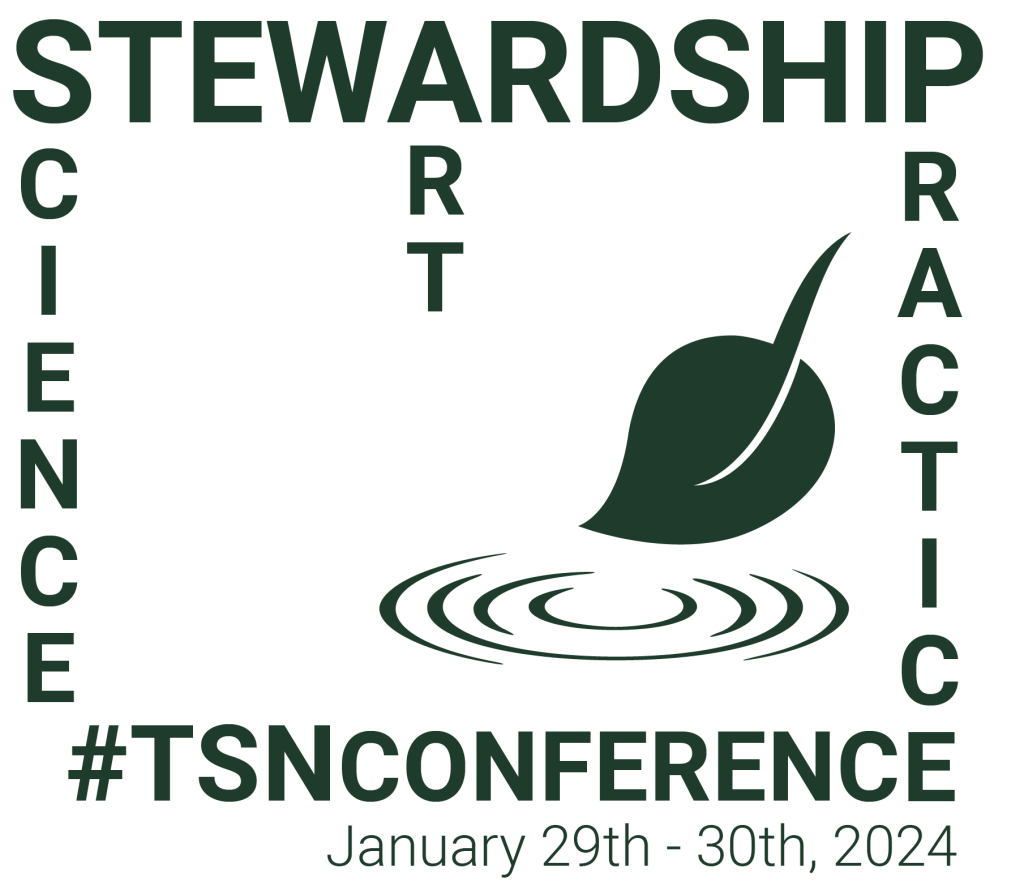Water quality and aquatic and marine ecosystem health often suffer when high loads of nutrients and pollutants enter our rivers and empty into our lakes and oceans. Wetlands play a critical role in removing or immobilizing nutrients and pollutants dissolved or suspended in incoming water through several biotic and abiotic processes. Yet little is known about how removal varies in these wetlands across larger spatial scales. Here we examine how nitrogen (N) removal in emergent wetlands of the Great Lakes basin varies over watershed scales using coupled wetland process-based simulation modeling and geospatial analysis. By analyzing landscape patterns we identify N removal hot spots and how land use and land cover types affect removal or transport of nitrogen to the coasts of the Great Lakes. We found that watersheds dominated by agriculture, often a source of elevated surface and groundwater N loads, have the least amount of emergent wetlands and the lowest relative amount of nitrogen removal. These findings provide guidance for wetland conservation, restoration and creation by identifying under-performing watersheds where N removal can be improved. Understanding N removal of emergent wetlands at large basin scales gives insight to the total contribution of these ecosystems to the health of the Great Lakes and the assumed cost if emergent wetlands are removed or become degraded.
Additional Contributors: Ye Yuan, Kenneth Elgersma, Jason Martina, William Currie

 Sean Sharp
Sean Sharp